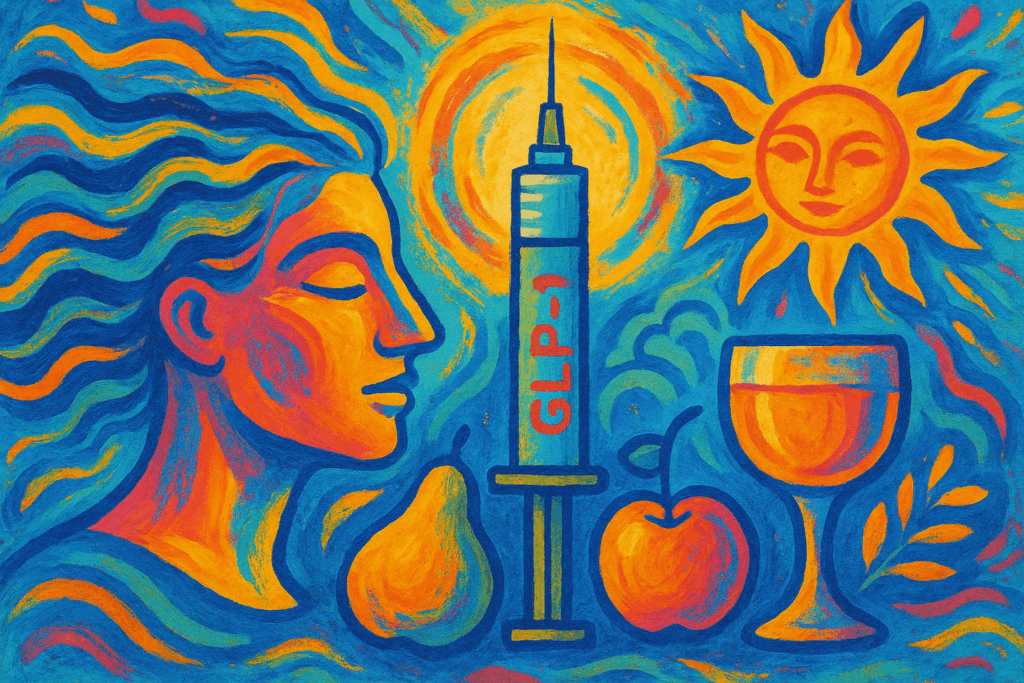Market Reshaping & Brand Innovation
The GLP-1 medication market is experiencing a remarkable expansion, with projections estimating it will reach $53 billion by 2029, growing at a compound annual growth rate (CAGR) of 17.46%. Consumer adoption is accelerating rapidly, with over 40 million users expected within the next five years. This momentum is prompting significant shifts within the food and beverage (F&B) industry, as brands respond to evolving consumer health preferences.
Leading companies such as Nestlé and General Mills, alongside health-focused brands, are innovating to capture this emerging audience. Strategies include launching high-protein and fiber-rich ready meals aimed at satiety, subtly positioning products as compatible with GLP-1 lifestyles, and reformulating existing offerings. This approach balances appeal to new consumer segments while maintaining broad market relevance.
Critical Challenges & Strategic Positioning
Entering the GLP-1 influenced market segment is not without obstacles. Regulatory scrutiny remains intense, requiring brands to avoid explicit associations with medications like Ozempic or Wegovy. Additionally, the risk of distancing established customers who may not endorse weight-loss trends must be managed carefully. Reformulating products to align with GLP-1-friendly attributes also carries cost implications that impact pricing and margins.
Effective positioning demands measured messaging that highlights benefits such as satiety and nutritional content without overstating connections to GLP-1 treatments. This balance is essential to safeguard brand reputation while adapting to fast-moving market dynamics.
Future-Proofing F&B Strategies
To adapt successfully, F&B organizations should adopt data-driven approaches that analyze shifting consumer habits and market impacts. Running focused product trials can provide insights into acceptance and performance in GLP-1-influenced segments. Claims should be carefully crafted to emphasize natural satiating properties, protein levels, and fiber content while complying with regulatory guidelines.
Reviewing and potentially restructuring product portfolios will ensure alignment with long-term consumer health trends without alienating core customers. GLP-1 medications represent a lasting change in diet and lifestyle preferences, signaling a strategic imperative for brands to respond proactively.
By integrating market intelligence and exercising caution in branding, F&B leaders can position their businesses for sustainable growth amidst the evolving landscape shaped by GLP-1 medications.



